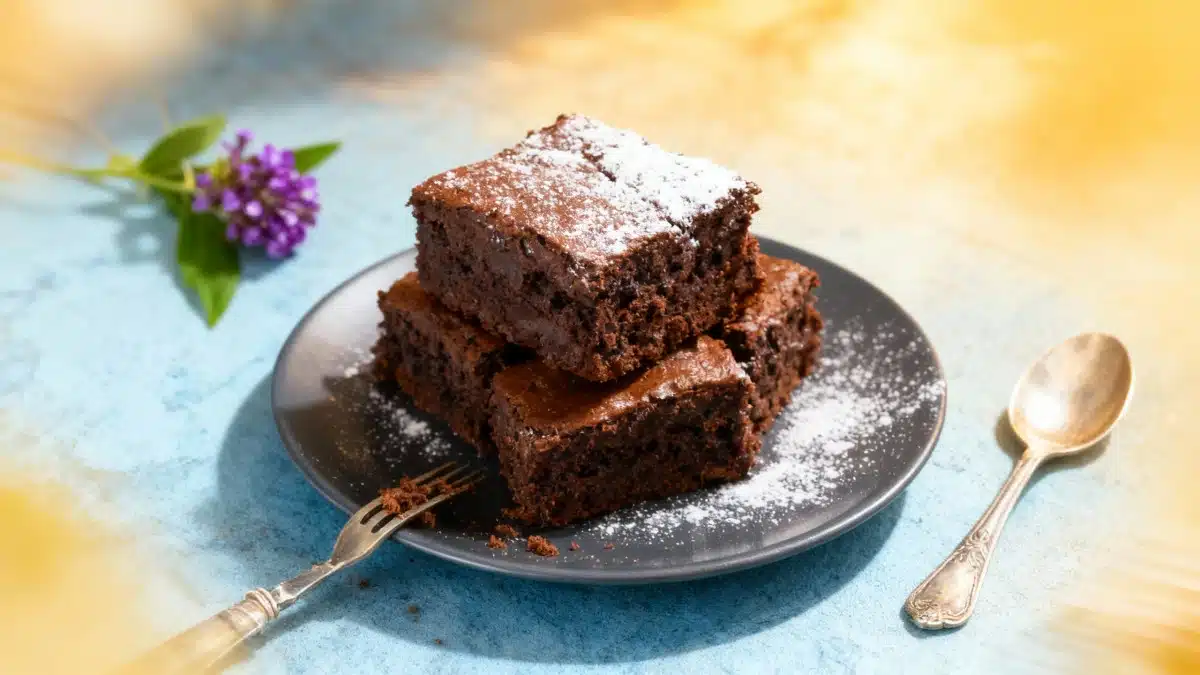We’ve all heard it at least once: never put hot food straight into the fridge. But come on, is obeying grandma’s food rules really that big a deal? Spoiler alert: yes, and your health, leftovers, and electric bill are all at stake! Let’s peel back the oven mitt and look at why this sneaky kitchen habit can turn your fridge into a germ party—and fast.
The Origin of the Rule: Not Just Old Wives’ Tales
Whether you’re batch cooking like a pro or just saving some pasta for tomorrow’s lunch, you probably know the drill: let that dish cool off before it snuggles up in your fridge. But what makes this precaution so important, anyway? It’s not just some tradition your parents invented to annoy you. This little waiting game with your food actually matters—for both food safety and your fridge’s efficiency.
Why Hot Food and Fridges Simply Don’t Mix
The #1 reason experts suggest keeping hot dishes out of the fridge is contamination risk. Your fridge is happiest at temperatures between 0°C and 4°C. That’s the safe zone for keeping food fresh and, much more importantly, keeping bacteria at bay.
- Bacteria love a lukewarm party: Pop anything hot into the fridge, and it’s like turning up the thermostat for everything inside. The temperature inside the fridge rises—not just around your hot leftovers, but among all the carefully stored cheeses, meats, and veggies. That rearranges the perfect chill, creating a potential wonderland for bacteria on all the stored foods, not just the new arrival.
- The domino effect: All those surrounding foods? They’re dragged out of their safe, cold environment, which can compromise their freshness and safety.
In other words, dropping in that hot casserole can risk contaminating your other foods, and not in a fun, flavor-blending way. It’s a straight-up hygiene issue: if freshness and avoiding foodborne illness are on your to-do list, proper cooling before storage is non-negotiable.
Your Fridge Isn’t Invincible: The Appliance Angle
Think only your stomach suffers? Think again. Dumping hot dishes into the fridge is also a nightmare for your appliance. When you add hot food, your fridge has to hustle to maintain its preferred, chilly equilibrium. This extra work means:
- Energy consumption goes up: The fridge’s compressor kicks into overdrive, guzzling extra electricity. Mother Earth sighs. So does your bank account when the bill arrives.
- Wear and tear speeds up: Constantly fighting big temperature swings isn’t what your fridge signed up for. All that heavy lifting can mean a shorter lifespan for the poor thing, pushing you to shop for a replacement way sooner than you’d like.
The Balancing Act: Not Too Hot, Not Too Long
There’s another trap to avoid: don’t leave food out to cool for so long that it becomes a bacteria buffet at room temperature. Letting food sit for hours on the counter is an open invitation for germs to multiply—and fast. The golden rule? Wait until your dish reaches room temperature (but don’t let it camp out for more than two hours after cooking).
- Short on time? You can speed up cooling by splitting food into smaller containers or nestling the dish in a cold-water bath. Get creative!
This way, you dodge both the fridge contamination risk and the dangers of leaving food out too long. Your lunch—and your loved ones’ tummies—will thank you.
In short: Letting hot dishes cool before refrigerating is essential. You’re not just following a fussy rule: you’re defending your fridge, protecting your wallet, and keeping your food safe from invisible foes. The next time you’re tempted to skip the cooling step, picture those multiplying bacteria doing the cha-cha in your salad drawer. It might just make you reach for a cold-water bath or an extra Tupperware!

John is a curious mind who loves to write about diverse topics. Passionate about sharing his thoughts and perspectives, he enjoys sparking conversations and encouraging discovery. For him, every subject is an invitation to discuss and learn.






